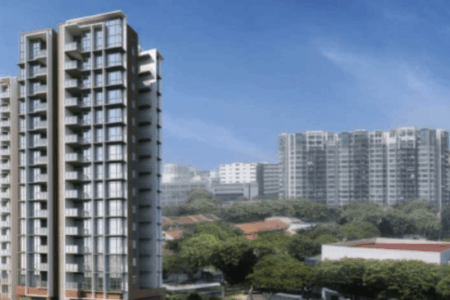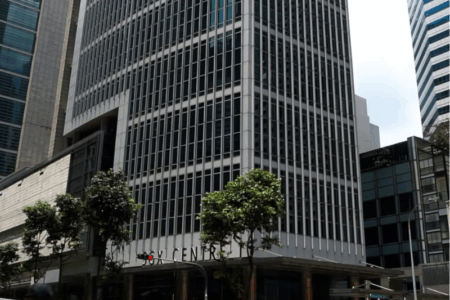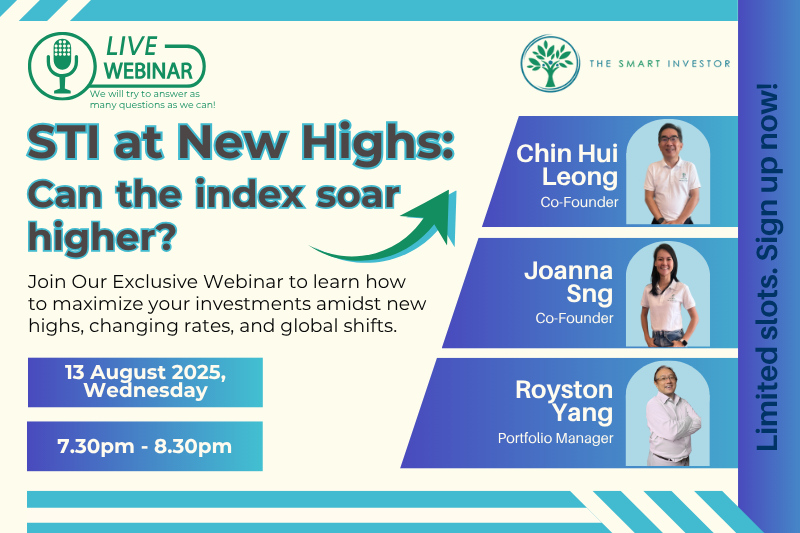When it comes to the communication of long-term strategy and plans, nothing beats a company hosting an Investor Day session.
Several blue-chip stocks, including Singapore Technologies Engineering (SGX: S63) and CapitaLand Investment Limited (SGX: 9CI), have hosted Investor Day sessions which you can read about here and here, respectively.
Next in line is Keppel Ltd (SGX: BN4), which released its Investor Day 2025 slides earlier this week.
Keppel’s previous Investor Day 2024 was released in August last year, and this update provides the latest financial targets for the asset manager.
Here are five aspects of the group’s Investor Day that investors should learn about.
Aiming for S$200 billion of FUM
First off, Keppel is aiming to grow its funds under management (FUM) to S$200 billion by 2030.
The group will focus on organic fundraising for its flagship funds while also expanding its European platform through its Aermont Capital acquisition.
Keppel will also rely on strategic co-investments with private funds and explore mergers and acquisitions to grow its FUM.
Based on a 0.5 percentage point fee to FUM ratio, this means that Keppel could potentially earn up to S$1 billion in asset management fees by 2030.
Such fee income is important as it provides a stream of recurring income for the group.
Recurring income has risen from just 21% of net profit back in 2021 to 72% of net profit by 2024.
Asset management fees have also grown by 25% per annum from 2020 to 2024, growing from S$180 million to S$436 million.
Keppel’s intermediate FUM target is S$100 billion by 2026, using fundraising across its flagship funds and organic growth from investing well.
To achieve the S$200 billion FUM target, Keppel needs to scale its fund investment platforms and seize opportunities in megatrends such as energy transition and digitalisation.
Accelerated asset monetisation
In line with its asset-light strategy, Keppel outlined its cumulative asset monetisation objective of hitting S$10 billion to S$12 billion by 2026.
S$347 million of assets were monetised for the year-to-date 2025, with another S$550 million of real estate deals in advanced negotiations.
Investors should look to the group’s legacy offshore and marine (O&M) assets for these divestments.
A new fund, Keppel Offshore Infrastructure Fund, was established with a target size of S$4.5 billion.
The initial focus of this fund will be to build steady cash flows from bareboat charters.
When market conditions improve, Keppel will then sell away individual rigs or portfolios through securitisation, public listing, or a trade sale.
Infrastructure project growth
Moving on to Keppel’s Infrastructure division, the division targets to double the capacity of its integrated power business to 3 GW by 2030.
There are also more than S$11 billion of project pipelines that the group is pursuing in areas such as operations and maintenance for waste-to-energy plants.
The idea is to increase the flow of recurring income, as 66% of the division’s power capacity is already contracted for three years or more.
Infrastructure is Keppel’s largest earnings contributor, with its profit growing nearly fivefold since 2021 to S$673 million in 2024.
Keppel is also looking at decarbonisation and sustainability solutions as another growth engine.
Sustainable urban renewal (SUR)
Keppel’s SUR division will hinge on global trends to accelerate its growth.
These include an ageing population, the shift to co-living spaces, rising construction costs, and the emergence of AI.
A total of five SUR projects with a combined value of S$1.7 billion have been implemented.
In addition, the division also acquired Watermark Retirement Communities in the US and is growing its presence in China.
Future fund products may include retail, senior living, or new vehicles; legacy assets will undergo either monetisation or optimisation.
AI-ready data centres
The final area that Keppel plans to grow is its data centre portfolio.
Global demand for data centres could more than triple by 2030 as more cloud players run large language models for generative AI.
Keppel’s Connectivity division partnered with Amazon Web Services, run by Amazon (NASDAQ: AMZN), to support the latter’s global data centre infrastructure expansion.
Accelerated computing and generative AI represent trillion-dollar opportunities that Keppel can leverage to grow its data centre portfolio to cater to these demands.
In particular, the Asia-Pacific region should see a 19% per annum growth in data centre supply from 2023 to 2028, showcasing the investment attractiveness of this sector.
Keppel plans to deepen its foothold in existing markets, expand into new markets, and pursue merger and acquisition opportunities.
In the near term, the group plans to grow its data centre gross power capacity from 650 MW at the end of 2024 to 1.2 GW.
Its data centre FUM is targeted to grow from S$10 billion to S$19 billion over the same period, and the division is pursuing a substantial deal pipeline of S$15 billion.
Get Smart: A grand vision and bold goals
Keppel has put forward a grand vision of what it plans to achieve by 2030.
Each division has set bold objectives that it will work towards by looking for suitable catalysts and leveraging organic and acquisitive growth.
Investors should keep a close eye on Keppel’s progress as it executes these initiatives.
Over time, they could be rewarded with a higher share price and more dividends should these efforts translate into higher profits and free cash flow.
Big Tech is spending hundreds of billions on AI, and the ripple effects are just beginning. Our new investor guide shows how AI is changing the way companies generate revenue, structure their business models, and gain an edge. Even if you already know the major players, this report reveals something far MORE important: The why and how behind their moves, and what it means for your portfolio. Download your free report now.
Follow us on Facebook and Telegram for the latest investing news and analyses!
Disclosure: Royston Yang does not own shares in any of the companies mentioned.





